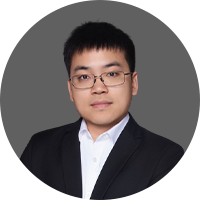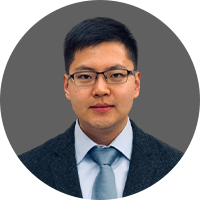Biotechnology & medicine
Haiwen Luan
Connecting living systems and machines through bio-integrated multifunctional microsystems.

Latin America
Graciela Carrillo
Self-employed healthcare professionals helping you manage your business and your clients' medical records.

Latin America
Daniela Teplitzki
Designing food supplements from natural foods with RNA technologies to improve quality of life.

Global
Tetsuhiro Harimoto
Turning bacteria into “intelligent living medicines” that might be taught to automatically seek out and attack cancer.

China
Miao Gui
Clarifying the molecular composition of the core skeleton of cilia using cryo-electron microscopy and AI-assisted atomic modeling.
